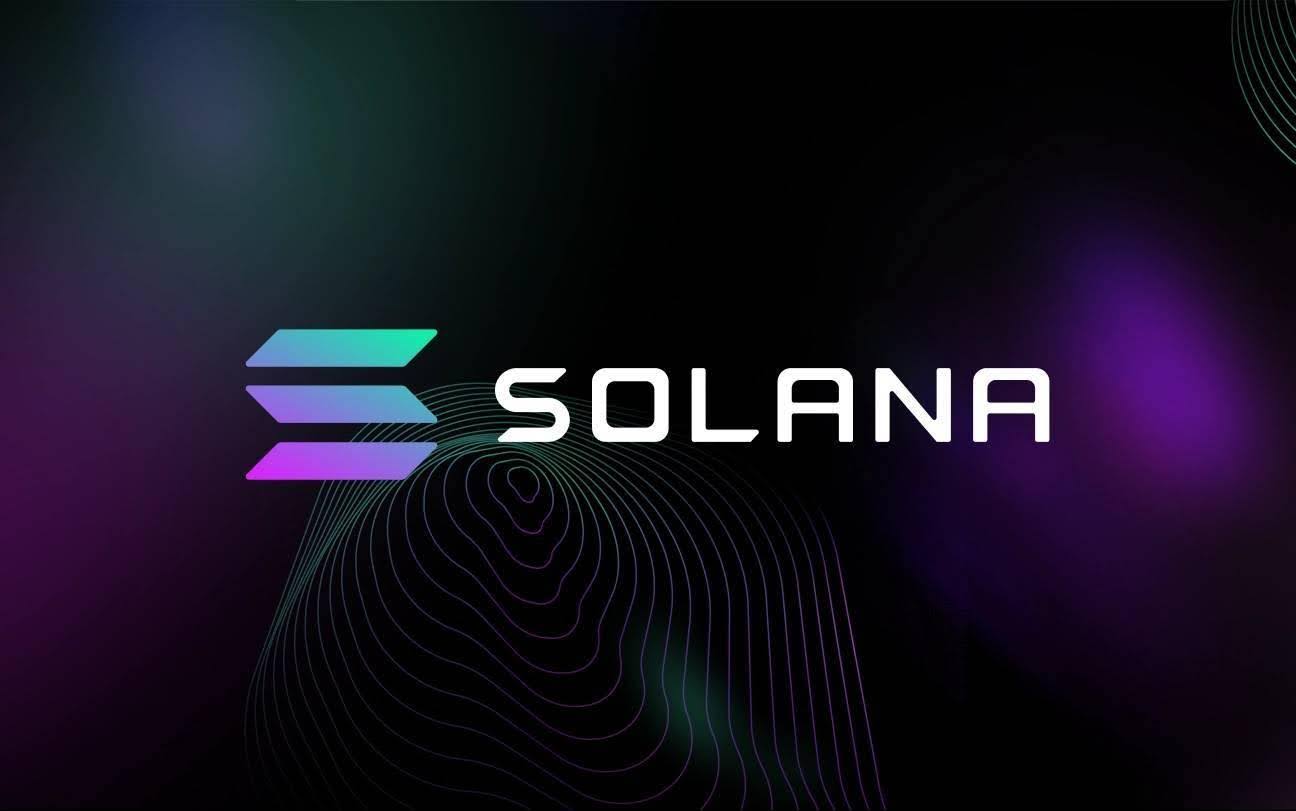Key Takeaways:
Psy Protocol launches the first-ever Proof-of-Work (PoW) verified bridge linking Dogecoin to Solana. Dogecoin’s $36B market cap and massive user base now gain access to Solana’s high-speed DeFi, NFT, and gaming ecosystem. This trustless, non-custodial bridge eliminates common security risks tied to traditional crypto bridges.Solana has just made a decisive move that could reshape the multichain future of crypto. Powered by Psy Protocol and Wormhole, a new bridge now links Dogecoin—crypto’s most iconic memecoin—directly to the Solana blockchain. But what sets this apart? It’s the first time a Proof-of-Work blockchain has been securely bridged to Solana without trusting intermediaries.

Dogecoin Meets Solana: A New Chapter in Cross-Chain Connectivity
Traditionally, Solana has used bridges to connect with other chains since it has very fast transactions and minimal fees. However, these bridges are often centralized or prone to hacks—$2.8 billion in bridge losses have been recorded to date.
Enter Psy Protocol, by integrating a novel on-chain Dogecoin block header verifier, Psy allows Solana to validate Dogecoin’s Proof-of-Work consensus directly on-chain. No multisigs. No custodians. Just pure cryptographic verification.
Why this matters? This technical leap unlocks new utility for Dogecoin holders—now they can participate in Solana’s booming DeFi, gaming, and NFT ecosystems using QDOGE, a token minted on Solana representing native DOGE assets.
Trustless by Design: The Tech Behind the Bridge
How It Works
When a user sends DOGE to the bridge, Psy’s infrastructure verifies the deposit by scanning the Dogecoin blockchain and confirming its block header integrity using PoW. Once validated, an equivalent amount of QDOGE is minted on Solana.
To redeem DOGE, the process reverses: QDOGE is burned and the original DOGE is sent back to the user, using Wormhole’s cross-chain messaging protocol to trigger the release securely.
This system is entirely non-custodial, eliminating centralized risk vectors that have historically plagued bridge protocols.
A Strategic Boost for Both Ecosystems
Dogecoin brings with it more than memes—it brings capital and users. With over $36 billion in market cap and one of the most vibrant online communities in crypto, DOGE’s integration into Solana could significantly boost on-chain activity.

Solana developers can now access a fresh pool of users who have historically lacked native DeFi options. Meanwhile, Dogecoin holders can finally utilize their assets beyond tipping and speculation.
Ecosystem perks unlocked by this bridge include:
DeFi protocols: Staking, lending, liquidity pools NFT platforms: Mint and trade DOGE-backed NFTs Gaming: In-game currencies and asset transfersDeveloper Infrastructure Already in Place
To ensure seamless integration, Psy has built a full suite of open-source tools tailored for Dogecoin:
doge-sdk: First JS SDK to interact with Dogecoin electrs-doge: Open-source Dogecoin block explorer txindex: Robust transaction indexer forkr: Simulation tool for network forks and re-orgsThis empowers builders to easily integrate Dogecoin with Solana-native dApps, encouraging the rapid expansion of cross-chain applications.
Why This Changes Everything
This isn’t just a bridge—it’s a paradigm shift. By proving that Proof-of-Work assets like DOGE can interact directly and securely with high-throughput chains like Solana, Psy is creating a new standard for interoperability.
It also repositions Dogecoin from a cultural icon to a cross-chain asset with real-world utility—securely and trustlessly.
As interest in multichain applications continues to rise, this bridge stands as a reminder that security, decentralization, and usability don’t have to be mutually exclusive. Psy Protocol is building the rails—and DOGE is riding them straight into Solana’s fast lane.
The post $36B Shockwave: Solana Taps Dogecoin Power with First PoW-Verified Bridge appeared first on CryptoNinjas.














 Bengali (Bangladesh) ·
Bengali (Bangladesh) ·  English (United States) ·
English (United States) ·